SUMMARY
This is AI generated summarization, which may have errors. For context, always refer to the full article.
- Strongest quake in 25 years hits San Francisco Bay area
It was the first major earthquake to hit the San Francisco Bay area in the age of social media. At 3:20 am, a 6.1 intensity quake struck near American Canyon about 40 miles or 64 kilometers northeast of San Francisco, waking people up as far east as Sacramento and as far south as Santa Cruz. The most powerful earthquake to hit the area since the 6.9-magnitude Loma Prieta earthquake in 1989 injured more than 120 people in Napa Valley. It severely damaged historic buildings in downtown Napa. Electricity was cut off. Gas lines and water mains were ruptured across Napa, Sonoma and Solano counties and sparked multiple fires. Roads were closed down after the earthquake shifted the ground and cracked highways. Nearly 100 aftershocks followed, and authorities warn of more aftershocks in the next two weeks.
Read the full story on Rappler.
Read more from CBS. - Aquino: Continue ‘revolution’ against indifference
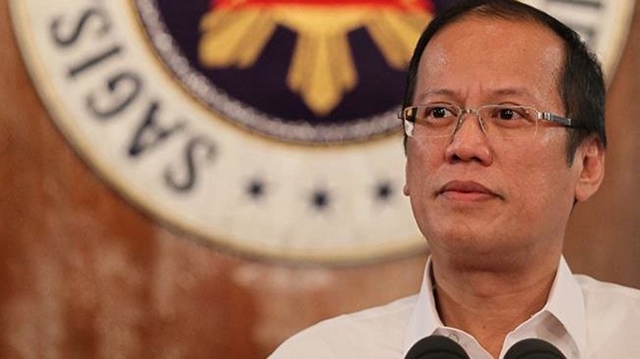
A time to celebrate. A time to search. A time to demand. On National Heroes’ Day, Filipinos organize two gatherings: one to celebrate the gains under the Aquino administration; the other to protest what many see as institutionalized corruption and President Benigno Aquino’s reversal of his position on charter change. Many protesting see the change in the Constitution as a second term for Aquino, forbidden under the 1987 charter. Ironically on Sunday, President Aquino reminded Filipinos that the start of his presidency was a “revolution” against the “tide of indifference” that impeded progress and good governance. “Today, we are reminded of the brave men and women who laid down their lives for the liberty that we cherish today. We are, and will forever be, indebted to their sacrifice. We sustain their legacy as we persist in weaving their dream of a free, inclusive, and empowered Philippines into a tangible reality,” said Mr. Aquino.
Read the full story on Rappler.
Read more on the Luneta rally.
A contributor’s list of other heroes to emulate. - Factions in the Palace
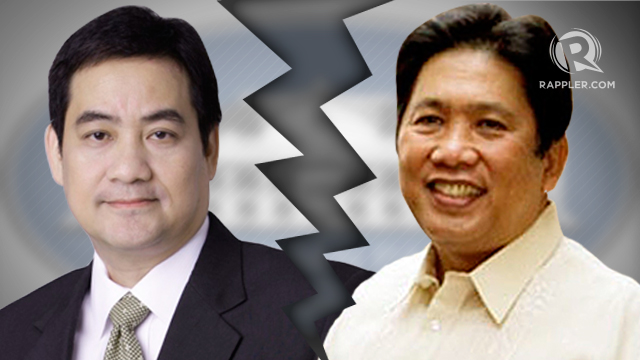
Different, sometimes conflicting, messages because of different political goals. Rappler’s Natashya Gutierrez takes apart the recent debate about charter change in the context of the President’s men in Malacanang. Mixed messages from presidential spokesmen Edwin Lacierda and Sonny Coloma reflect the political faction they’re seen to represent and may come into increasing conflict in the lead up to the 2016 presidential elections. Lacierda is part of the Balay group linked to the Liberal Party, which supported Mar Roxas for vice president. Coloma is part of the Samar Group, which supported now Vice President Jejomar Binay. As both Binay and Roxas position for 2016, expect those fissures to widen.
Read more on Rappler. - US sends medical equipment to fight Ebola
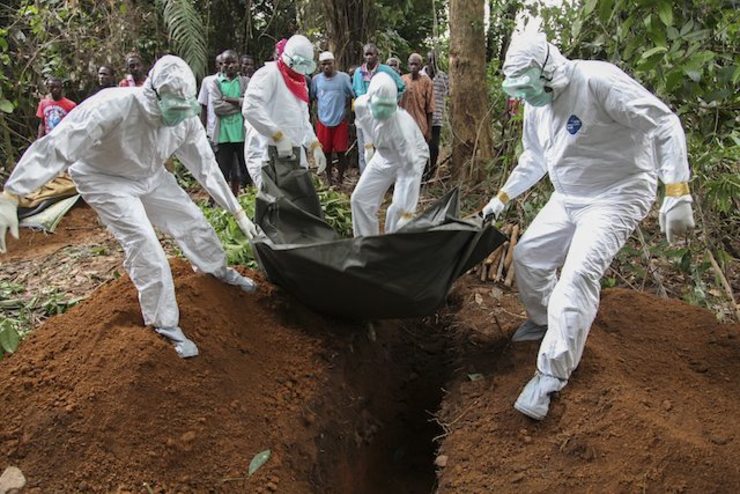
The US government sends 16 tons of medical equipment to Liberia Sunday, which included temporary shelters, water purification kits, protective equipment such as gloves, facial masks and body suits. It was the “first load” of Ebola-focused aid from USAID to Liberia, where 624 people have died. The equipment arrived as the World Health Organization announced the first Ebola infection among its experts, describing the infected person as an epidemiologist who had been deployed to Sierra Leone. The WHO did not provide information about the sex, age or nationality of the person but said the patient was “receiving the best care possible.” The WHO said more than 225 health workers have contracted the contagious tropical disease while treating people in Guinea, Liberia, Sierra Leone and Nigeria, and 130 of them have died.
Read the full story on Rappler.
Read on the first UN staff with Ebola.
Read more on the Briton with Ebola. - UK close to identifying Foley’s killer
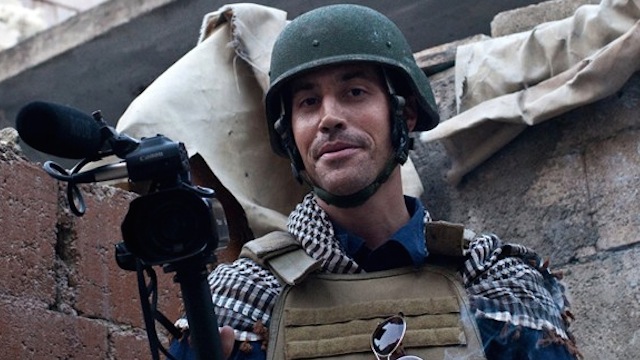
Britain’s ambassador to the United States Peter Westmacott said British officials “are close” to identifying the ISIS militant who beheaded American journalist James Foley. In a CNN report, linguists said the man next to a kneeling Foley spoke with a distinctly English accent. Based on his voice, the man sounds to be younger than 30, appears to have been educated in England from a young age and to be from southern England or London. Although the man is dressed in black with only the eyes uncovered, his skin tone can be discerned from his hands. The man appears to be left-handed. The man’s height and build can also be established from the footage. Britain’s Foreign Secretary Philip Hammond said Sunday, “It is an utter betrayal of our country, our values and everything the British people stand for.”
Read the full story on CNN.
Read on Britain’s Foreign Secretary’s reaction. - How ISIS forced Twitter to grow up
Twitter was the main platform used by terrorist group ISIS to broadcast the gruesome beheading of journalist James Foley. The social media platform was founded on the idea of democratizing information, but Twitter CEO Dick Costolo found himself condemning the posts. In a tweet he vowed to suspend any accounts spreading those images. Over the next 10 days, Twitter purged accounts used by ISIS members. Analyst Max Abrahm said the company is becoming more aggressive in choosing what its members see and whether a particular message can spread. CNN’s Laurie Segall asked what is Twitter’s responsibility, faced by a notoriously savvy ISIS? “The lines between Twitter as a tech company and Twitter as a media company are increasingly blurred, which makes the question more relevant… Twitter has taken a front seat in the debate.”
Read the full story on CNN. - Kidnapped US journalist freed in Syria
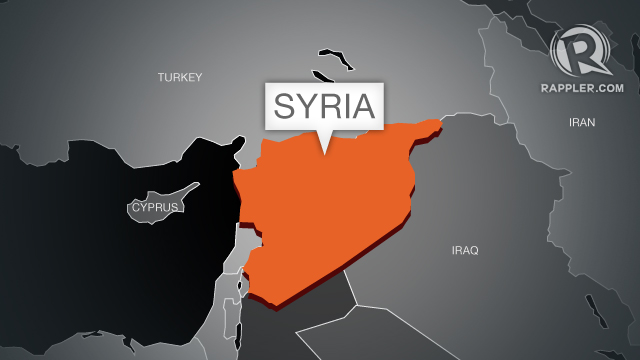
An American journalist kidnapped nearly two years ago has been freed in Syria following Qatari mediation and handed over to UN peacekeepers in the Golan Heights. Al Jazeera reports Peter Theo Curtis was handed over to UN peacekeepers and has since been turned over to the US government. Curtis’ family thanked both the governments of the US and Qatar. According to a statement from his family, Curtis was captured in October 2012 and was reportedly held by the al-Nusra Front or by splinter groups allied with the al-Qaeda-affiliated group. Secretary of State John Kerry said he was relieved Curtis was returning home, before laying blame on al-Nusra Front for the kidnapping.
Read more on Al Jazeera. - Isis lingerie, ladies?
A British adult retailer apologized Saturday after launching a range of lingerie named Isis – but said it did not support jihadists in Iraq and Syria and had no plans to withdraw the line. Ann Summers’ Isis range includes lacy black and white bras, thongs and suspenders and is for sale online and in its shops, which number over 100 across Britain. The retailer – which also stocks sex toys, bondage gear and fancy dress – named the range after the ancient Egyptian goddess of fertility.
Read the full story on Rappler. - Traffic lights are dangerously easy to hack

Anyone with a radio hooked up to a laptop can possibly wreak havoc on traffic lights across North America. CNN reports University of Michigan researchers field-tested the hack in an undisclosed Michigan city, changing the traffic lights from a laptop in their truck. The traffic lights and controllers are made by Econolite, one of largest makers of traffic management systems in North America. Econolite’s traffic lights run on a computer network and communicate with one another just like home Wi-Fi, using radio signals. But controllers found inside metal boxes at every intersection, operate like an unsecured router — they are rarely encrypted and almost all use the same default username and password, which are published in online manuals. Econolite’s traffic lights are used in 100,000 U.S. and Canadian intersections.
Read the full story on CNN.
Image from Shutterstock - 5 top Senate props: Binay cakes, garlic and wheelchairs

Toys, kitchen ingredients and music videos are ingredients in the recipe mixing comedy and drama with politics for a uniquely Filipino flavor. In a country where actors and comedians are elected president and senators, props and gimmicks became staples in discussions supposedly focused on policy and legislation. Effective or not, these stunts add entertainment value to hearings. If politics is theater, then the Philippine Senate is its customary stage. We take a look at the top props political actors bring to the Senate dramedy.
Read the full story on Rappler.
Add a comment
How does this make you feel?





There are no comments yet. Add your comment to start the conversation.